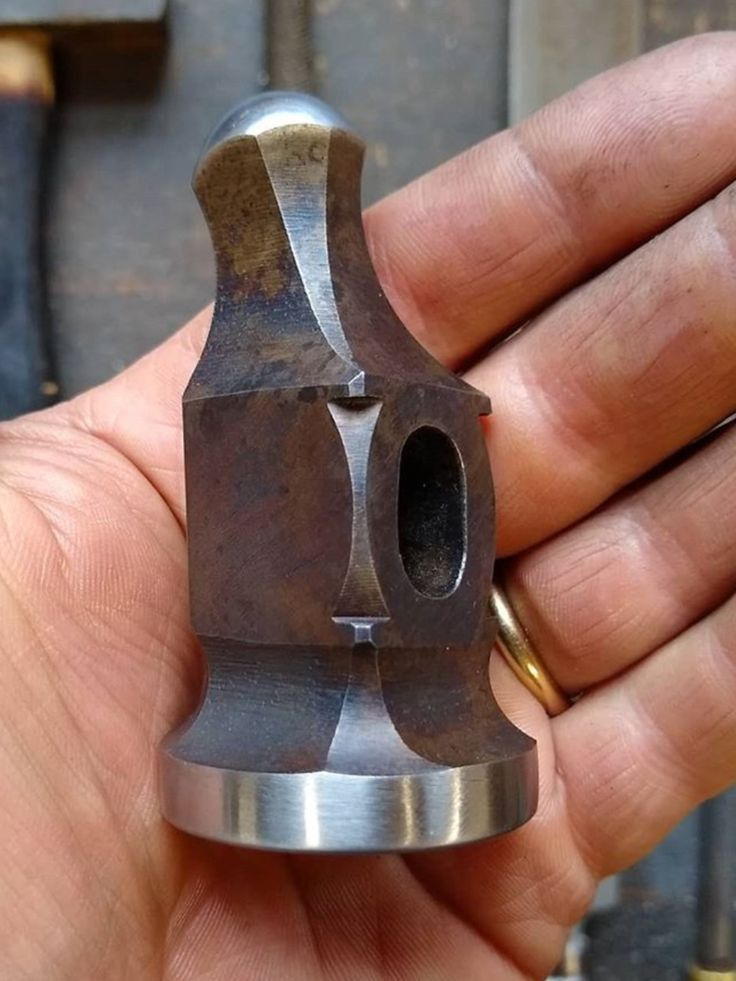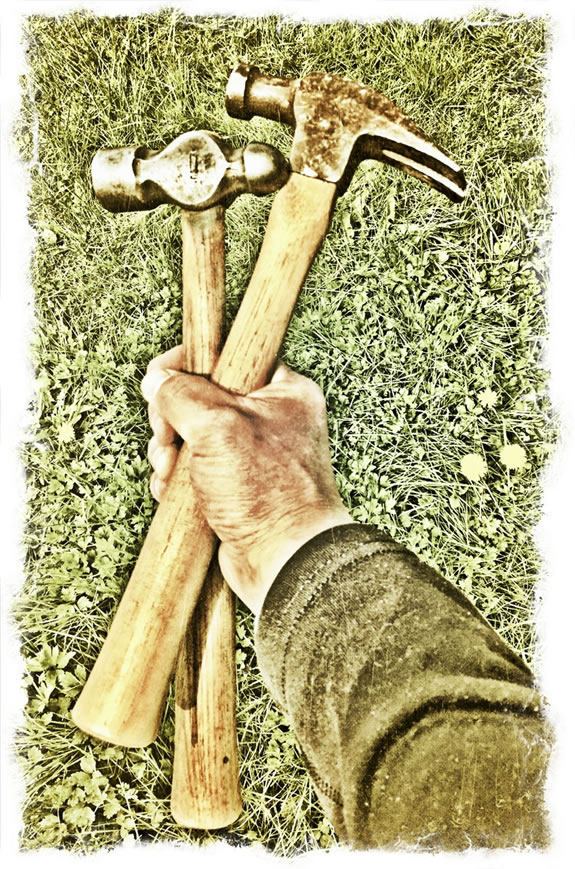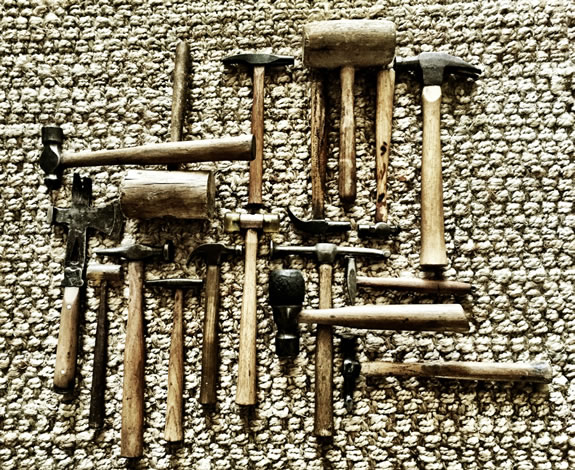The hammer, an ancient and essential tool, has been a cornerstone of human civilization for thousands of years. From building shelters to forging weapons, hammers have played a critical role in shaping our world. But this simple tool is far more than a weighted head on a shaft—it carries a profound significance in both design and cultural history. In this article, we’ll explore the hammer’s evolution, its diverse types, and the symbolic meanings it holds across cultures.
The Importance of Hammer Design: Balance, Weight, and Functionality

At first glance, a hammer may seem like a rudimentary tool, but its design is a masterpiece of functional engineering. The balance between the handle and the head, the weight distribution, and the material choices all contribute to the hammer’s effectiveness. Whether it’s driving nails or breaking stone, every part of a hammer serves a purpose.
The weight of the hammer head is critical for generating the right amount of force. Heavier heads provide more impact but can cause fatigue over extended use. The handle’s length and material also play a role in balancing power and control. Wooden handles, which are often hand-smoothed for comfort, provide a natural shock absorber, while metal handles offer durability and strength. These design elements come together to create a tool that’s not just functional, but intuitive to use.
Wabi Sabi and the Aged Beauty of Hammers
In addition to their functional beauty, hammers embody the Japanese aesthetic concept of wabi sabi, which celebrates the beauty found in imperfection and aging. A well-used hammer, with its worn wood and weathered metal, tells the story of its journey through time. It’s a reminder that even the simplest objects can gain character and beauty through use and wear.
This connection to wabi sabi reflects the hammer’s timeless nature. While new, shiny tools may catch the eye, there’s something deeply satisfying about using a tool that has been passed down through generations. The marks of wear, the smoothness of the handle, and the patina of the metal all reflect the hammer’s history, making it not just a tool but a personal artifact.
Types of Hammers: From Sledgehammers to Upholstery Hammers
The versatility of the hammer is evident in the wide variety of types designed for specific tasks. Each hammer serves a unique purpose, and its design is tailored to its function. Here are just a few examples:
- Sledgehammers: These heavy-duty tools are designed for breaking through concrete and other tough materials. Their weight and size make them ideal for demolition work.
- Ball-peen hammers: Used primarily in metalworking, ball-peen hammers have a rounded end that’s perfect for shaping metal.
- Bricklayer’s hammers: These specialized tools are used for cutting and aligning bricks, combining precision with impact.
- Carpenter’s hammers: Also known as claw hammers, these are the most recognizable type, used for driving nails and removing them with the claw on the back.
- Upholstery hammers: Small and lightweight, these hammers are designed for driving small nails and tacks into delicate materials.
- Physician’s hammers: Used for testing reflexes, these small tools show that even in the medical field, the hammer plays a role.
Each of these hammers is designed with its specific task in mind, proving that there’s no “one size fits all” when it comes to tools.
The Hammer in Myth and Legend: From Thor’s Mjölnir to Historical Symbols

Beyond its practical uses, the hammer has deep cultural and mythological significance. Perhaps the most famous hammer in mythology is Thor’s Mjölnir, the weapon of the Norse god of thunder. Mjölnir was said to be so powerful that it could destroy mountains, and it became a symbol of protection and strength. Viking warriors would often wear hammer-shaped amulets, believing they offered protection in battle.
Similarly, the hammer and anvil became symbols of craftsmanship and strength, particularly in blacksmithing. The sound of the hammer striking the anvil is synonymous with creation, forging tools and weapons that would shape history. In fact, the hammer is considered one of the most primordial of tools, used since the Stone Age when early humans fashioned crude versions from rocks and sticks.
Even today, the hammer remains a symbol of power and justice. Judges’ gavels, small hammers used to maintain order in the courtroom, are a reminder of the tool’s authoritative presence.
The Evolution of Hammer Design: From Stone Age to Modern Day

The hammer has come a long way since its origins in the Stone Age, when early humans used stones attached to wooden handles to create a basic tool for survival. As time progressed, hammer design evolved to meet the needs of various trades and industries. The invention of metallurgy allowed for the creation of more durable and specialized hammer heads, leading to the wide variety of types we have today.
Modern hammer designs focus not only on functionality but also on ergonomics and user comfort. For example, the Stanley FATMAX Anti-Vibe Hammer incorporates vibration-dampening technology to reduce hand fatigue during use. This innovation shows how even a tool as ancient as the hammer continues to evolve with advancements in technology.
Hammers in Modern Culture: A Staple in Every Toolbox
Today, the hammer remains a staple in every toolbox, from the professional contractor to the weekend DIY enthusiast. It’s one of the most versatile tools available, able to tackle everything from simple household repairs to complex construction projects. But despite its widespread use, the hammer continues to be appreciated for its simplicity and effectiveness.
In fact, there’s even a Hammer Museum in Haines, Alaska, dedicated to the history and evolution of this remarkable tool. The museum showcases a wide variety of hammers, from ancient artifacts to modern innovations, proving that this humble tool has a rich and fascinating history worth celebrating.
Conclusion: The Hammer as a Timeless Tool and Cultural Icon
The hammer, in all its forms, is more than just a tool—it’s a symbol of human ingenuity, craftsmanship, and resilience. Its design, perfected over millennia, continues to serve us in countless ways, from construction to medicine to art. The hammer’s cultural and mythological significance only adds to its allure, making it a tool that transcends its practical purpose.
Whether you’re swinging a sledgehammer on a construction site or using a delicate upholstery hammer for a home project, you’re participating in a tradition that stretches back to the dawn of humanity. The hammer’s legacy is one of strength, creativity, and endurance—qualities that continue to inspire us today.


